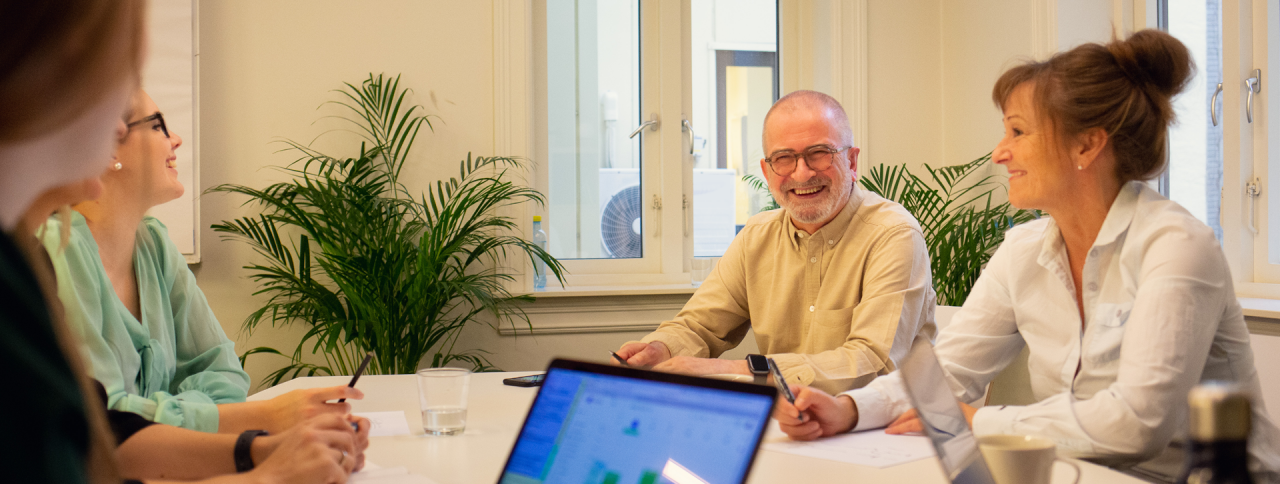Competence development during times of rapid change
Think bigger about competence development. Many organisations use a limited concept of competence. By using an expanded concept of what competence entails, you get a grip on several factors that keep the organisation vital and make it equipped to meet tomorrow's challenges. Here are our tips for a more holistic approach to competence development.
Knowledge knows no bounds, while competence systems have their limitations
There are a number of systems on the market that can help companies gain control of their competence inventory and skills needs. It’s important to remember that these systems provide limited control. Those who succeed in competence development are aware of the underlying forces that trigger competence.
If we relate too strictly to the individuals’ formal competence, we risk, for example, missing out on the value of their actual competence. Think of yourself, of everything you are and everything you have experienced. Your memories, interests, abilities and relationships. All of these contribute to your actual skills and competencies, and are the things you take with you when you perform a job.
In practice, all organisations are similar to large-scale group work. We complement and build on each other and achieve far more together than the sum of our individual competencies. The corporate culture is an important contribution to the organisation’s ability to trigger competence, and we must also take this into account. If you let the competence systems set the parameters for the work, you can miss out on much of the competence’s actual and full potential.
Competence we know we need and competence we do not yet know we will need
Be interested in both. We know that the future will demand things of us that we aren’t yet able to imagine. The challenge is to describe a future we don’t yet have an idea of. That’s why our ideas of competence and how competence is developed become extra important. Use concepts that are development-oriented, such as learning, motivation and culture.
When we encounter new tasks, we act based on what the situation requires and what each individual brings to the table, alone and together. Through action, we show that we are competent. We often use action methodology when exploring the future. The method allows us to create completely new situations and issues, explore them together, and thus trigger new competencies.
Establish a common view of learning
All companies have a view on learning. This vision is the basis for the choices and priorities an organisation makes. Unfortunately, the view of learning is often unproven. Many bad choices spring from a lacking awareness of what good learning looks like.
A common view of learning is that if it is taught, then it is learned. In an organisation that thinks in this way, one can place undeservedly great emphasis on the content and far too little emphasis on qualities that actually contribute to learning, behaviour change and development. Conversely, a conscious and well-developed view of learning will contribute to a powerful learning organisation.
Create a training catalogue that is based on the company’s learning philosophy
With the learning philosophy in place, you can choose technology, structures and programmes that are appropriate for your business. Remember that the mix itself is important – variety is key, regardless of learning outlook. It’s worth ensuring that:
- the content is relevant to the employees and their everyday work
- the programmes offering gives employees the opportunity to get involved and be engaged
- the programmes offering provides the opportunity to involve entire groups
- the programmes offering provides the opportunity to let more people help create the content
- the programmes are offering is open, motivating and development-oriented
The more you can answer yes to, the stronger the organisation will be in the face of an unknown future.



